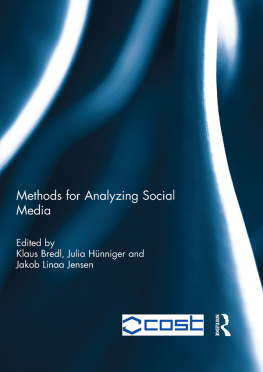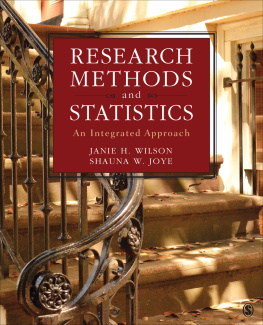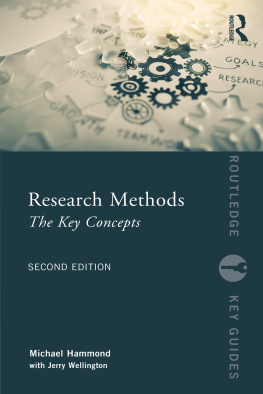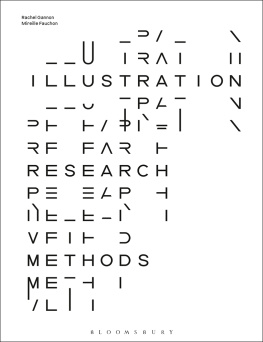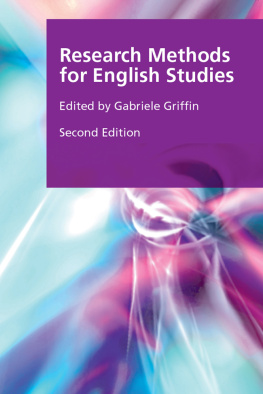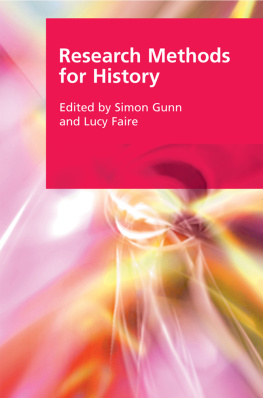Ina Bertrand
Melbourne, Victoria, Australia
Peter Hughes
Victoria, Victoria, Australia
ISBN 978-1-137-55215-0 e-ISBN 978-1-137-55216-7
https://doi.org/10.1057/978-1-137-55216-7
The registered company address is: The Campus, 4 Crinan Street, London, N1 9XW, United Kingdom
A catalogue record for this book is available from the British Library.A catalog record for this book is available from the Library of Congress.
The Editor(s) (if applicable) and The Author(s) 2005, 2018
All rights reserved. No reproduction, copy or transmission of this publication may be made without written permission. No portion of this publication may be reproduced, copied or transmitted save with written permission or in accordance with the provisions of the Copyright, Designs and Patents Act 1988, or under the terms of any licence permitting limited copying issued by the Copyright Licensing Agency, Saffron House, 6-10 Kirby Street, London EC1N 8TS. Any person who does any unauthorized act in relation to this publication may be liable to criminal prosecution and civil claims for damages.
No portion of this publication may be reproduced, copied or transmitted save with written permission or in accordance with the provisions of the Copyright, Designs and Patents Act 1988, or under the terms of any licence permitting limited copying issued by the Copyright Licensing Agency, Saffron House, 610 Kirby Street, London EC1N 8TS.
Any person who does any unauthorized act in relation to this publication may be liable to criminal prosecution and civil claims for damages.
9781137552167
This book is printed on paper suitable for recycling and made from fully managed and sustained forest sources. Logging, pulping and manufacturing processes are expected to conform to the environmental regulations of the country of origin.
First edition published 2005
This edition published 2018 by
PALGRAVE
Palgrave in the UK is an imprint of Macmillan Publishers Limited, registered in England, company number 785998, of 4 Crinan Street, London, N1 9XW.
Palgrave and Macmillan are registered trademarks in the United States, the United Kingdom, Europe and other countries.
ISBN 9781137552143 hardback
ISBN 9781137552150 paperback
This book is dedicated to all the authors and colleagues whose work has stimulated our thinking, to all those students whose intellectual curiosity has forced us to refine our research practice and to find new ways to explain our ideas, and to our families who have survived the fallout from this process.
Acknowledgements
We wish to thank the following people for their invaluable assistance in researching and writing this book. Val Forbes, Eva Fisch, and Ross Schnioffsky, humanities librarians at the Borchardt Library, La Trobe University, Melbourne, found books and provided advice and criticism in relation to library and web-based research. A number of people provided invaluable advice and criticism on different aspects of the theory or practice of research: Tony Barta, Darrel Caulley, Mary Debrett, Anna Dzenis, Alison Horbury, John Langer, Ray Lewis, David Gauntlett, John Hannon, Denise Meredyth, Emma Mesikmmen, Philipa Rothfield, Terrie Waddell, and Elizabeth Wells. In relation to archival research we are indebted to: Russell Campbell, Donna Coates, Sue Harper, Roger Horrocks, Harriett Margolis, Janet Moat, Barbara OConnor, Vincent Porter, Steve Vaughn, and Chris Watson. Graeme Bertrand, Claire Hughes, and Dinah Partridge provided support of the most practical kind as well as maintaining morale!
List of Figures
1.1 Process model of communication
1.2 Semiotic model of communication
1.3 Research paradigms
2.1 Constructing a search statement
PI.1 Map of the field of audience research
5.1 Quantitative data displayed in a table
5.2 Quantitative data displayed as a graph
5.3 Quantitative data displayed as percentages in a table
PIII.1 Interactions within media research
10.1 Signification of a sign
10.2 Signification of a text
10.3 Model for analysing the syntagmatic structure of literary texts (after Todorov)


